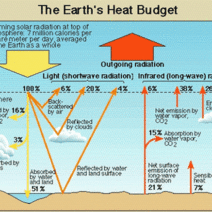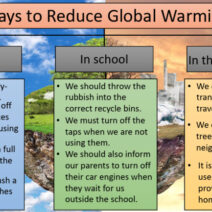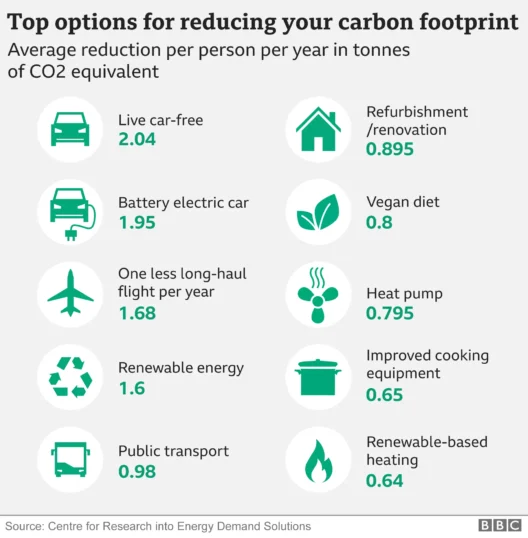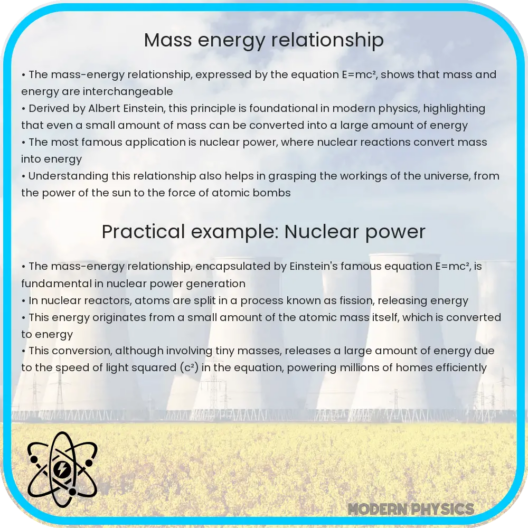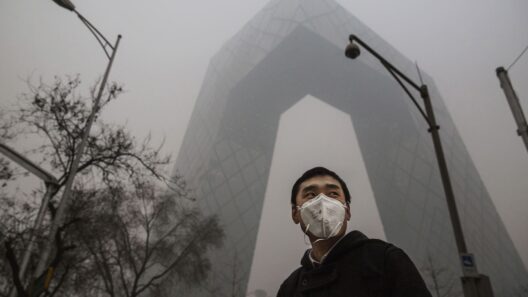The phenomenon of climate change is interwoven with a multitude of pressing issues, yet one of the most tangible manifestations is the increase in extreme heat conditions. One must ask: What are the implications of a world with soaring temperatures, and how do we adapt to this escalating challenge? The following points delve into the ramifications of this growing climate concern and its multifaceted impacts on both our ecosystems and our daily lives.
Imagine a summer where temperatures feel more like an oven; the sun seems relentless. As pleasant as beach days may be, what happens when prolonged heat becomes the new norm? The rising thermometer is more than just an inconvenience; it threatens our health, ecosystems, and economy.
The connection between climate change and increased temperatures is well-documented. As greenhouse gas emissions escalate, they trap heat in the Earth’s atmosphere, raising global temperatures. In recent years, we have experienced some of the hottest years on record. It is not merely about feeling warmer; the consequences of this shift could be catastrophic.
Are we prepared for a future where heatwaves are the standard rather than the exception? The ramifications are vast, and understanding them is critical for our society’s sustainability.
The Heat is On: Understanding the Health Risks
Extreme heat poses serious risks to human health. Prolonged exposure to high temperatures can lead to a range of heat-related illnesses, from heat exhaustion to heatstroke, which can be fatal. Vulnerable populations, including the elderly and those with pre-existing health conditions, are particularly at risk. The CDC reports a significant increase in emergency room visits and hospitalizations during heatwaves. In addition, the psychological toll can’t be underestimated. Heightened temperatures often correlate with increased rates of mental health issues such as anxiety and depression.
Moreover, the effects are not confined to physical health. The psychological impact of extreme heat should not be overlooked. The discomfort, disrupted sleep patterns, and heightened irritability can lead to a cascade of mental health issues, further compounding societal stress. In communities already grappling with socio-economic challenges, these effects can exacerbate existing vulnerabilities.
Environmental Disasters: A Double-Edged Sword
The intensification of heat also exacerbates environmental disasters. With rising temperatures, we observe not only more frequent but also more severe wildfires, droughts, and storms. Forests are particularly vulnerable; as they dry out, they become kindling for wildfires, which in turn release carbon dioxide and other pollutants, fueling the cycle of global warming further. The years 2020 and 2021 showcased this alarming reality, with catastrophic wildfires ravaging vast landscapes, displacing countless species, and emitting massive quantities of greenhouse gases.
Moreover, increased heat impacts water supplies. Drought conditions can lead to water scarcity, threatening agriculture and drinking water resources. As vegetation suffers under extreme heat, the intricate web of ecosystems begins to unravel. Animals dependent on specific habitats to survive may be forced to migrate, leading to shifts in biodiversity and threatening species extinction. The interconnected nature of ecosystems means that when one link in the chain is affected, the repercussions resonate throughout.
The Economic Consequences: A Financial Quagmire
The economic implications of rising heat are staggering, affecting everything from agricultural production to workforce productivity. Crop yields decline in extreme temperatures, potentially leading to food shortages and increasing global hunger. Agricultural sectors are left scrambling to adapt, investing in heat-resistant varieties and altering irrigation practices. These adaptations, however, impose additional financial burdens on farmers already struggling with the impacts of climate variability.
Furthermore, with increased heat, energy demands rise dramatically. As temperatures soar, air conditioning becomes a necessity for many, leading to spikes in energy consumption. This phenomenon can overwhelm electrical grids, resulting in outages and subsequent financial losses for businesses and households alike. Companies are compelled to rethink their operational strategies, invest in sustainable solutions, or risk irreparable financial damage.
Shifting Human Behavior: Rethinking Our Choices
In response to these challenges, how do we challenge our assumptions and adapt? As individuals, communities, and policymakers, we bear the collective responsibility to engage in sustainable practices. This may entail rethinking transportation habits, advocating for renewable energy, or investing in insulation and green technology in homes. Additionally, rethinking water usage is critical. As temperatures rise, conserving water becomes an even more pressing concern. Small, conscientious choices can collectively make a notable impact.
Engagement at the community level is also vital. Establishing local initiatives aimed at educating others about the risks of climate change and heat can foster a sense of mutual responsibility. These educational efforts can empower individuals to take steps to mitigate climate impact, such as tree planting campaigns and local clean-up initiatives, which also help to enhance urban spaces and counteract heat through increased greenery.
In Closing: Embracing the Challenge with Resolve
The fight against climate change, particularly regarding rising heat levels, is far from a solitary battle. It necessitates collaboration across various sectors of society, embracing innovation, and fostering community awareness. As we grapple with this pressing challenge, the question remains: how will we respond? The responsibility lies with each of us. In transitioning toward a sustainable future, we can not only combat the dangers posed by climate-induced heat but also ensure a healthier, more vibrant planet for generations to come.
